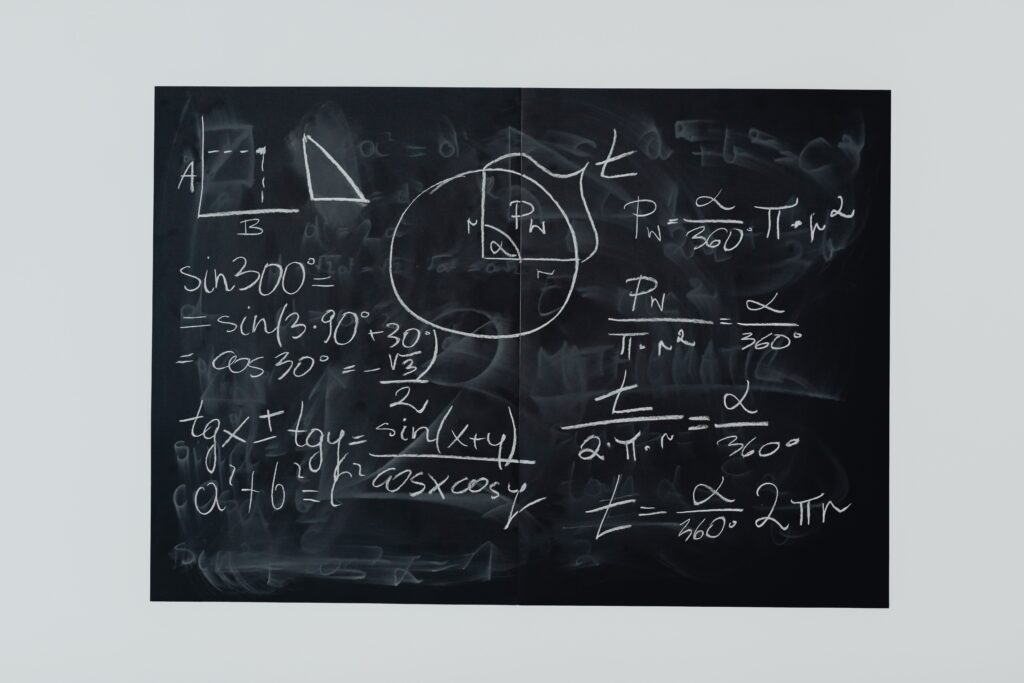Trigonometry functions
Trigonometry functions and Trigonometry formula is a subfield of mathematics which studies the properties and relationships of triangles. One of the primary elements of trigonometry involves studying trigonometric functions. These are the ratios between the sides of an right triangle. These functions are significant for angles that range all the way from zero to 90 degrees, and form the foundation for trigonometric calculation.
Degrees
Starting from the angles of zero degrees or a line that is completely flat The trigonometric functions rely upon specific values. Sin function (sin) has a value of zero. This means that it is the reverse of the right-hand triangle. 0. Its cosine value (cos) is the same as one, which means that the opposite side is the same size that the hypotenuse. Tangent functions (tan) is also zero, since the ratio between sine and cosine values is equal to zero.
When the angle grows as the angle increases, the values of trigonometric functions alter according to the angle. At 30 degrees the sine value is 0.5 which means that opposite sides of the triangle are just half that length as the hypotenuse. The cosine function is constant at 0.866 which means that the side to the left of the triangle is 0.866 larger than that of the hypotenuse. Therefore, the tangent function at 30 degrees turns into 0.577 that is the ratio between the cosine and sine functions.

Going to 45 degrees, which is a significant angle in trigonometry. trigonometric values have distinct features. Sine function equals 0.707 which means the side opposite measures about 0.707 more than that of the hypotenuse. The cosine function is also equal to 0.707 meaning that the side adjacent to it is the same length as that side. So, the tangent functions at 45 degrees is one since the ratio of cosine and sine functions equals 1/1 or just 1.

At 60 degrees the sine function equals 0.866 meaning that opposite sides are 0.866 times the length of the hypotenuse. Cosine functions are 0.5 which means that the opposite side is only half that length as the hypotenuse. Thus, the tangent value at 60 degrees will be approximately 1.732 which is the ratio between the cosine and sine functions.
As the angle increases to ninety degrees, the value of trigonometric functions change. At 70 degrees it is about 0.939 and the other part will be 0.939 times longer than the circumference of the hypotenuse. The cosine function diminishes to around 0.342 which means that the side adjacent to it is approximately 0.342 times longer than the circumference of the hypotenuse. Therefore, the tangent function at seventy degrees reaches 2.747 that is the ratio between the cosine and sine functions.
At ninety degrees the sine function is at its highest value of one. This indicates it is identical with the length of hypotenuse. But, the cosine function is zero, which means that the opposite side is not long. In the end, the tangent function does not exist at 90 degrees.
Understanding the significance of trigonometric equations from zero from zero degrees to ninety degree is vital for many fields, such as engineering, physics and navigation. These functions allow us to determine the angles and sides of triangles. They also help us solve difficult equations and model periodic phenomena and study the various physical and natural phenomenon.
In the end, trigonometry calculations give us a great understanding of the relationship to the opposite sides the right triangle. From zero to ninety degrees of cosine, sine, and tangent change in distinct ways that allow us to analyze and understand the characteristics of triangles and solve a variety of scientific and mathematical problems.
More Use full Links:

